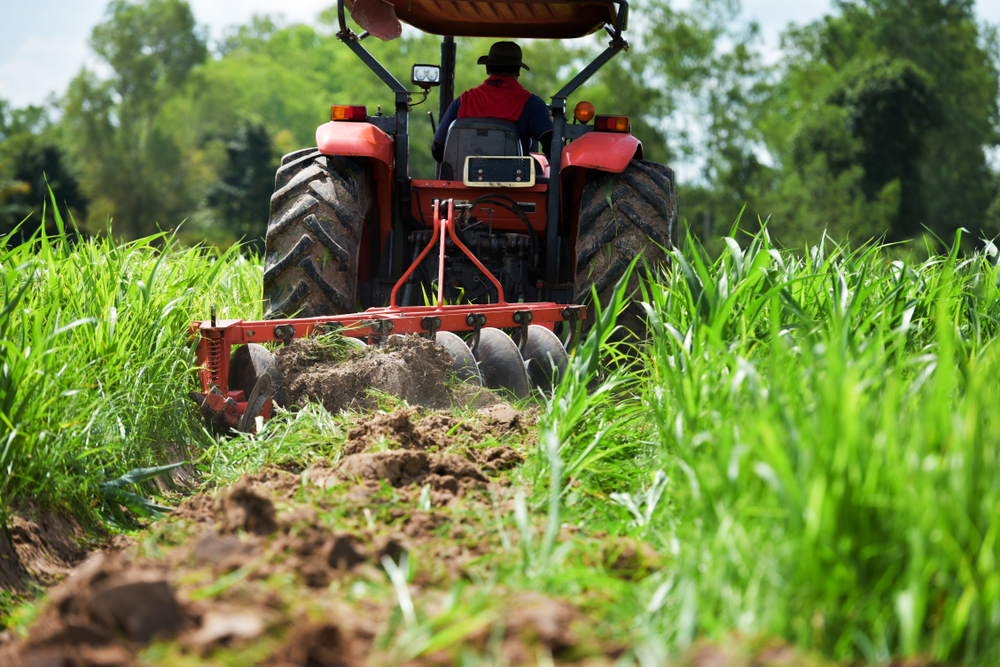In the vast landscape of agriculture, efficiency is paramount. With the ever-growing demand for food production to sustain a burgeoning global population, farmers are continually seeking innovative ways to maximize their output while minimizing resource consumption.
One of the most significant advancements in modern agriculture is the development and integration of farming agriculture machines.
These machines have revolutionized the way crops are planted, cultivated, and harvested, ushering in an era of unprecedented efficiency and productivity.
The Evolution of Farming Agriculture Machines
The history of farming agriculture machines dates back centuries, with early innovations such as the plow and the sickle paving the way for mechanized farming. However, it wasn’t until the Industrial Revolution that significant strides were made in agricultural machinery.
The invention of the steam engine in the 18th century led to the development of steam-powered tractors and threshing machines, drastically reducing the labor required for farming tasks.
Fast forward to the 20th century, and the advent of internal combustion engines heralded a new era of mechanization in agriculture. Tractors, combines, and other specialized machines began to dominate farms worldwide, enabling farmers to cultivate larger areas of land more efficiently than ever before.
With the rise of electronics and computerization in the late 20th century, farming agriculture machines became increasingly sophisticated, incorporating GPS technology, sensors, and automated systems to further enhance efficiency and precision.
Types of Farming Agriculture Machines
Farming agriculture machines encompass a wide range of equipment designed to perform specific tasks in the farming process, available from reputable sources like farm-x.co. Some of the most common types of machines include
- Tractors: Tractors are the workhorses of modern agriculture, used for a variety of tasks such as plowing, tilling, planting, and harvesting. They come in various sizes and configurations to suit different farming operations.
- Combines: Combines are multi-functional machines used for harvesting grain crops such as wheat, corn, and soybeans. They can perform several tasks simultaneously, including cutting, threshing, and winnowing, greatly streamlining the harvesting process.
- Planters and Seeders: Planters and seeders are used to sow seeds into the soil at precise intervals and depths, ensuring optimal germination and plant spacing. These machines can significantly reduce the time and labor required for planting crops.
- Sprayers: Sprayers are essential for applying fertilizers, pesticides, and herbicides to crops to protect them from pests and diseases and promote healthy growth. Modern sprayers are equipped with advanced technology to ensure precise application and minimize chemical usage.
- Harvesters: Harvesters are specialized machines used to gather mature crops from the field. They come in various configurations depending on the type of crop being harvested, such as grain harvesters, forage harvesters, and fruit harvesters.
- Precision Farming Equipment: Precision farming equipment, including GPS-guided tractors and drones, allows farmers to optimize field operations with unprecedented accuracy. These technologies enable precise seed placement, targeted fertilizer application, and real-time monitoring of crop health, leading to higher yields and reduced environmental impact.
Benefits of Farming Agriculture Machines
The adoption of farming agriculture machines offers numerous benefits to farmers and the agricultural industry as a whole:
- Increased Efficiency: Farming machines allow farmers to accomplish tasks more quickly and with less labor, enabling them to cover larger areas of land in a shorter amount of time.
- Improved Yield: By optimizing planting, cultivation, and harvesting practices, farming machines can help maximize crop yields and overall farm productivity.
- Cost Savings: While the initial investment in farming machinery can be significant, the long-term cost savings in labor and increased productivity often outweigh the upfront expenses.
- Environmental Sustainability: Many modern farming machines are equipped with technology that promotes sustainable farming practices, such as precision application of inputs and reduced soil compaction, helping to minimize the environmental impact of agriculture.
- Enhanced Safety: Farming machines are designed with safety features to protect operators from accidents and injuries, making farming operations safer and more secure.
Challenges and Considerations
Despite the numerous benefits of farming agriculture machines, their adoption is not without challenges. Some of the key considerations for farmers include:
- Cost: The initial cost of purchasing farming machinery can be prohibitive for small-scale farmers, requiring careful financial planning and investment.
- Maintenance and Repairs: Like any mechanical equipment, farming machines require regular maintenance and occasional repairs to ensure optimal performance and longevity. This can add to the overall cost of ownership.
- Training and Skill Development: Operating advanced farming machinery requires specialized training and skills, which may be lacking in some agricultural communities. Access to training programs and technical support is essential for successful adoption.
- Compatibility and Integration: Integrating different types of farming machinery and ensuring compatibility with existing farm infrastructure can be challenging, requiring careful planning and coordination.
- Regulatory Compliance: Farmers must adhere to regulations and safety standards governing the use of farming machinery, which may vary depending on location and jurisdiction.
Conclusion
Farming agriculture machines have transformed the way crops are grown, harvested, and processed, driving unprecedented gains in efficiency, productivity, and sustainability.
From tractors and combines to precision farming equipment, these machines play a crucial role in modern agriculture, enabling farmers to meet the growing demand for food while minimizing environmental impact and resource consumption.
While challenges remain, the continued innovation and adoption of farming machinery promise to further revolutionize the agricultural industry, ensuring a prosperous and sustainable future for generations to come.






